While raking the grass under several swallow nests, I found a small, pointed bird egg that had fallen out. Varying shades of brown speckles covered the cream-colored egg. Just as most birds can be identified by their coloration, so can their eggs (though it isn’t as easy). From pure white to pale blue to speckled brown, the diversity of colors ranges across the entire spectrum–even emerald green and brick red.
The color of the egg is largely dependent on the type of nest and the threat from predators. Cavity nesters, such as woodpeckers and kingfishers, tend to lay white eggs because there is minimal threat from predators. A benefit of bright white eggs in cavities is that parents can locate the eggs easier.
Birds that lay eggs in open nests, such as waterfowl and some songbirds, produce eggs that are camouflaged with their surrounding. Arctic terns and killdeer eggs blend in so incredibly well with the surrounding soil and gravel that they are difficult to find. Eggs laid in vulnerable open nests are typically brown with speckles.
Finding a speckled egg doesn’t necessarily mean the egg came from an open nest. Some cavity nesters lay speckled eggs and research suggests that these birds were once open nesters. Likewise, not all white or pale-colored eggs come from cavity nesters. Birds that start incubating after the first egg is laid and don’t leave the nest, such as doves, owls and herons, produce pale eggs because the eggs will not be visible to predators.
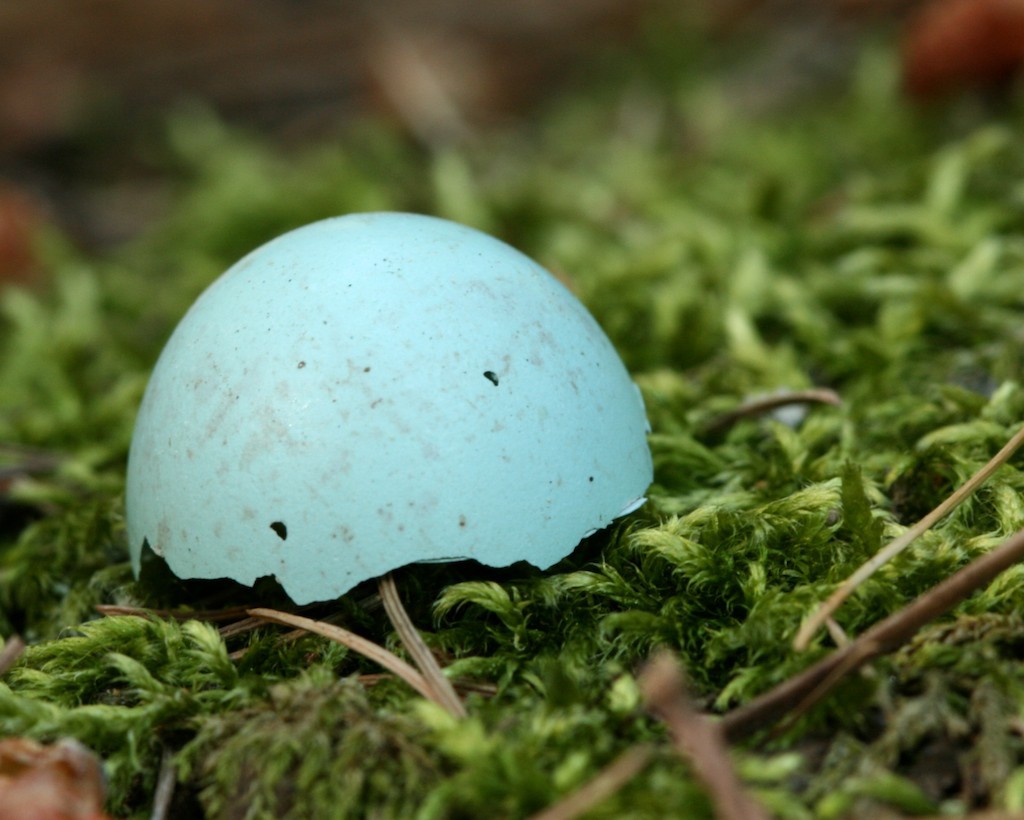
As unlikely as it may seem, blue eggs are considered cryptically colored. The filtered light in hedges and forests help blue eggs blend in to their surroundings. However, not all blue eggs are laid in open nests, such as those by robins and pied flycatchers; cavity nesters such as European starlings and bluebirds also lay blue eggs. Even red-winged blackbirds lay pale blue eggs with purplish-black markings.
No matter the type of nest, the coloring process is the same. The colors come from pigments secreted by glands in the female’s oviduct. Timing is of utmost importance. Pigments secreted as the egg enters the oviduct create the base-color while pigments secreted right before the egg is laid create speckles and other markings.
Markings include blotches, scrawls, streaks and speckles. The type of marking depends on whether the egg is in motion during the process–if the egg stays still, speckles will be made, but if the egg moves, then streaks and scrawls will form.
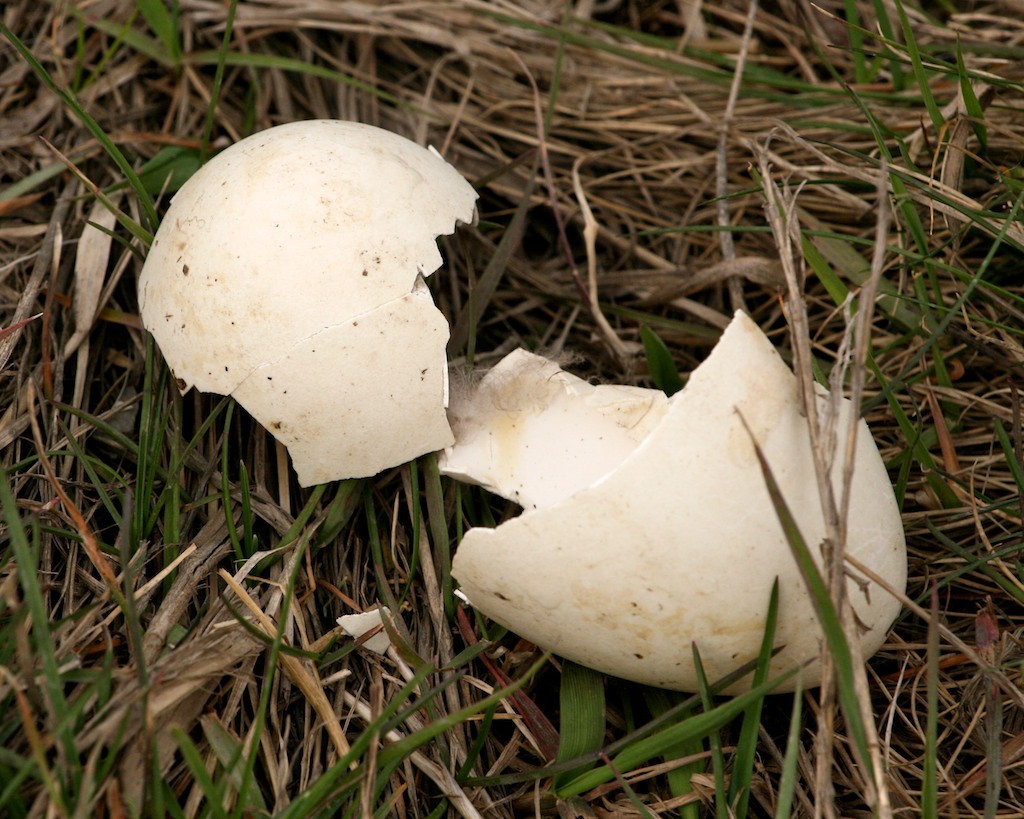
Amazingly only two pigments are responsible for the tremendous diversity of color. These pigments are all related to the pigment in hemoglobin that makes blood red. Protoporphyrin creates colors ranging from pink to yellow to reddish buffs and browns while biliverdin creates green and blue colors. When these pigments are mixed together in different proportions they produce colors ranging from violet-blue to olive-green.
Not only do the pigments create different colors but they also add structural strength to the egg. Since smaller songbirds have a smaller calcium supply to devote to eggshell manufacture, they often lay eggs with a ring of spots on the blunt end of the egg (the thinnest spot) to help strengthen the egg.
Next time you find an egg, take a crack at who it belongs to by looking at the colors and markings–you might be surprised at what you can figure out.
A great resource for identifying bird eggs is Nests, Eggs, and Nestlings of North American Birds. (affiliate link) The book may only be available used.
Updated March 2024. Originally posted June 2012.

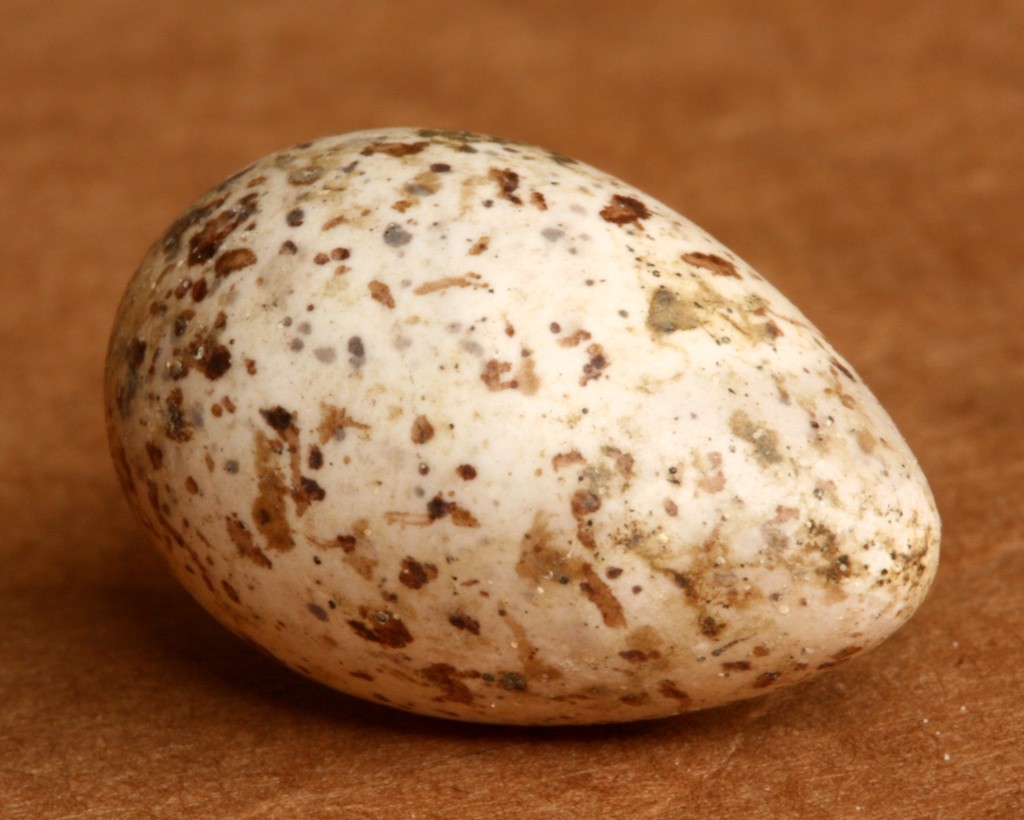
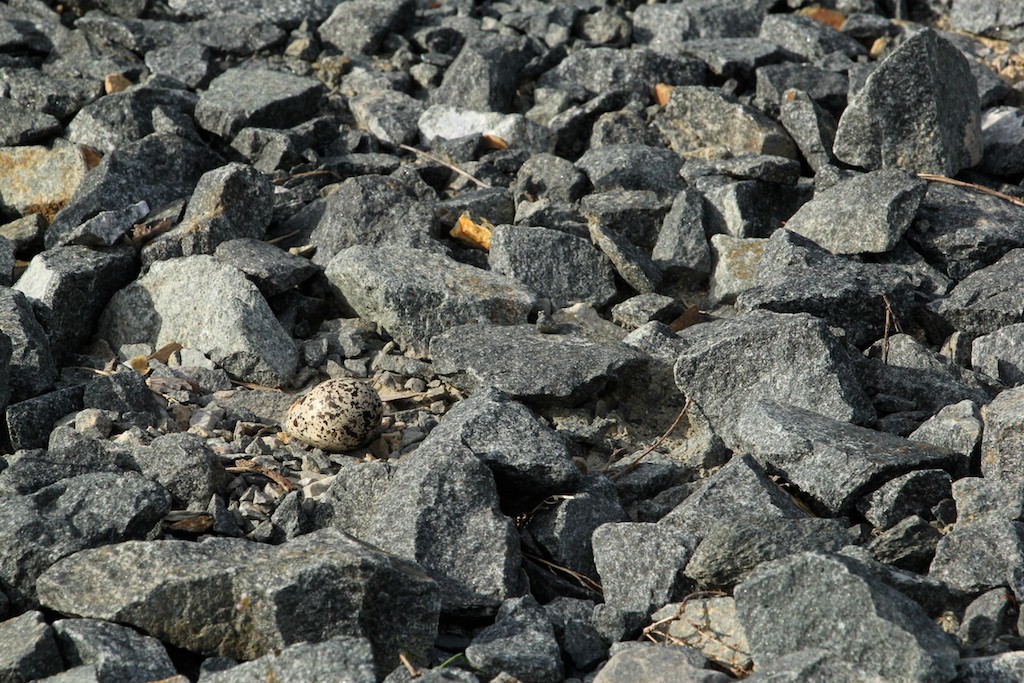
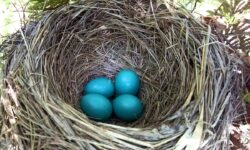
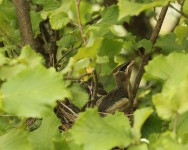
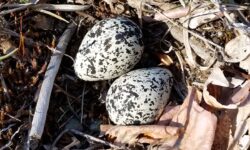
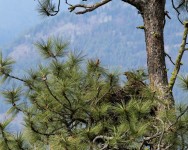
I have been examinating out a few of your stories and i can state nice stuff. I will definitely bookmark your blog.
Fantastic site. Lots of useful info here. I’m sending it to some friends ans also sharing in delicious. And obviously, thanks for your effort!
Pretty nice post. I just stumbled upon your blog and wanted to say that I’ve truly enjoyed browsing your blog posts. After all I’ll be subscribing to your feed and I hope you write again soon!